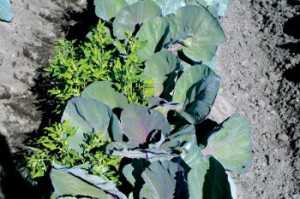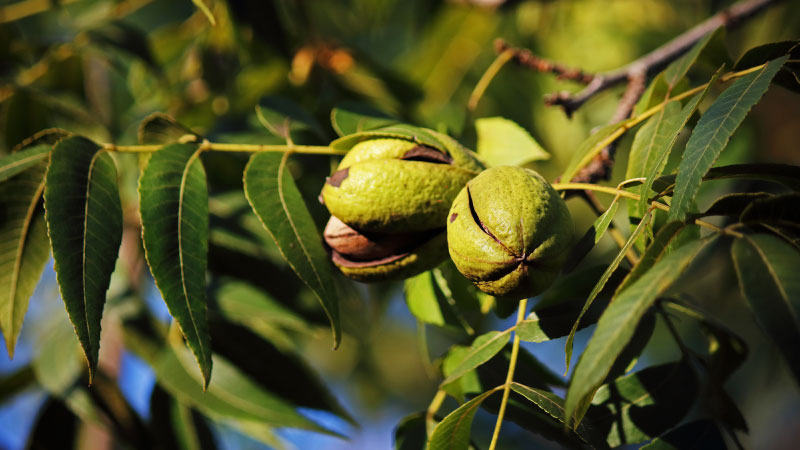Improving Weed Management in Cole Crops
Weeds are arguably one of the hardest pests to control in vegetable production. They can harbor plant pathogens that cause disease, provide a place for insects to hide, and they often grow very rapidly, producing numerous seeds. Honing in on weed control in cole crops, American Vegetable Grower spoke with with Peter Dittmar, assistant professor in the Horticultural Sciences Department at the University of Florida, to find out about the best control options available to growers.

Peter Dittmar
Q1 Why is weed control so critical early in the season, particularly for cole crops?
Dittmar: Cabbage, in particular, requires a weed-free period for first five weeks of production. Later in the season cabbage has larger plants and can limit the growth of weeds growing in the crop. Other cole crops such as mustard greens and kale will require a longer weed-free period due the smaller size of the plants.
Q2 What is the impact of planting dates on weed competition?
Dittmar: Warm season weeds will emerge in an early planting of fall cabbage production and then the weeds will decrease in growth as the temperature decreases. A later cabbage planting will result in more cool-season weeds emerging, and as the temperatures continue to fall the weeds will become more problematic.
Q3 What are the main weeds in competition with cole crops?
Dittmar: Cool season (winter) annual weeds are the most problematic in cole crop production. Common lambsquarters, common ragweed, and wild radish are three more commonly found weeds in cole crops.
Q4 What are some of the cultural practices growers should employ to reduce weeds in
their fields?
Dittmar: Many cole crops have large leaves shading the soil surface and preventing weed seed germination. Tighter plant spacing and quick plant establishment will provide ground cover quicker. Apply fertilizer close to the cole crop plants and limit the nutrients available to weeds in the row middles.
Plasticulture provides control of broadleaf and grass weeds; however, nutsedge may become problematic and must be controlled during the fallow period or removed by hand weeding. If growing on bare ground, cultivation may be used early in the production cycle before the plants close the row middles.

A weed typically found in cole crops is common lambsquarters (Chenopodium album), which is pictured here in red cabbage. Photo Credit: Peter Dittmar
Q5 What are some herbicides recommended for weed control?
Dittmar: Herbicide labels will list specific crops or will list the crop subgroup. EPA has separated the brassica (cole) leafy vegetable group into two subgroups: head and stem brassica subgroup and leafy brassica greens subgroup. The head and stem brassica subgroup includes cabbage, broccoli, and cauliflower. The leafy brassica greens subgroup includes bok choy, collards, kale, and mustard greens.
For preemergence control, oxyfluorfen (GoalTender, Dow AgroSciences; Galigan, MANA) and trifluralin (Trust, Winfield Solutions; Treflan, Dow AgroSciences) are listed in specific cole crops. These two herbicides provide grass and broadleaf control.
Many states have a 24(c) or third-party labels for Dual Magnum (s-metolachlor, Syngenta) in cole crops. Dual Magnum provides control of many broadleaf and grass weeds and nutsedge species.
For postemergence control, clethodim (Arrow, MANA; Select Max, Valent U.S.A. Corp.) and sethoxydim (Poast; BASF) control grass species only. Clopyralid (Stinger; Dow AgroSciences) controls specific broadleaf weeds. Stinger is registered in specific cole crops. Always consult individual labels for registration in your state.
Q6 How concerned should growers be regarding resistance issues?
Dittmar: Cole crop growers have a limited number of active ingredients available for weed control. The loss of a single active ingredient due to resistance would result in serious problems. Utilize nonchemical weed methods such as crop rotation, cultivation, hand weeding, and cover crops. If applying herbicides, apply in a correct manner, rotate the mode of action if possible, and control weeds during the fallow period to reduce the weed seedbank.









